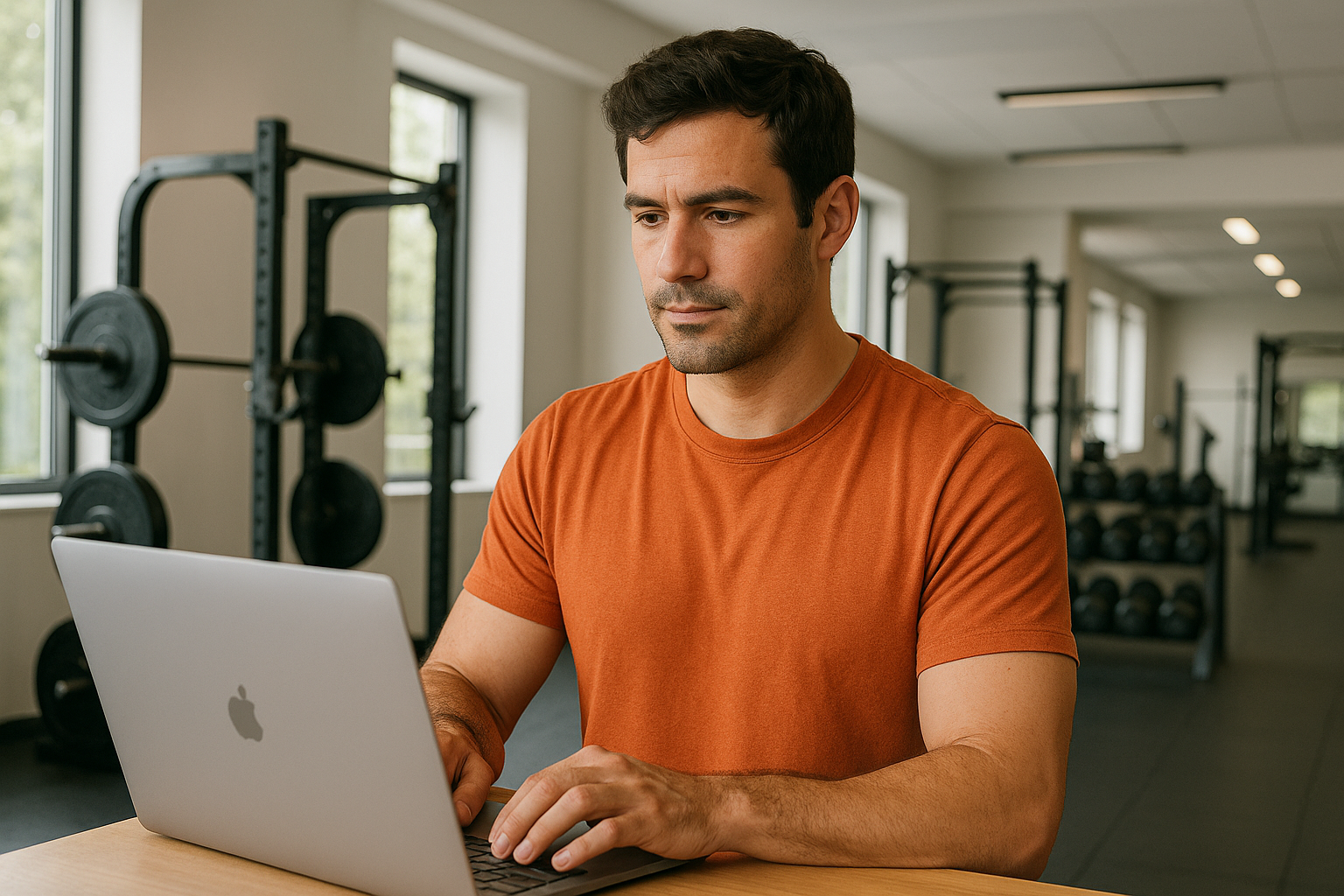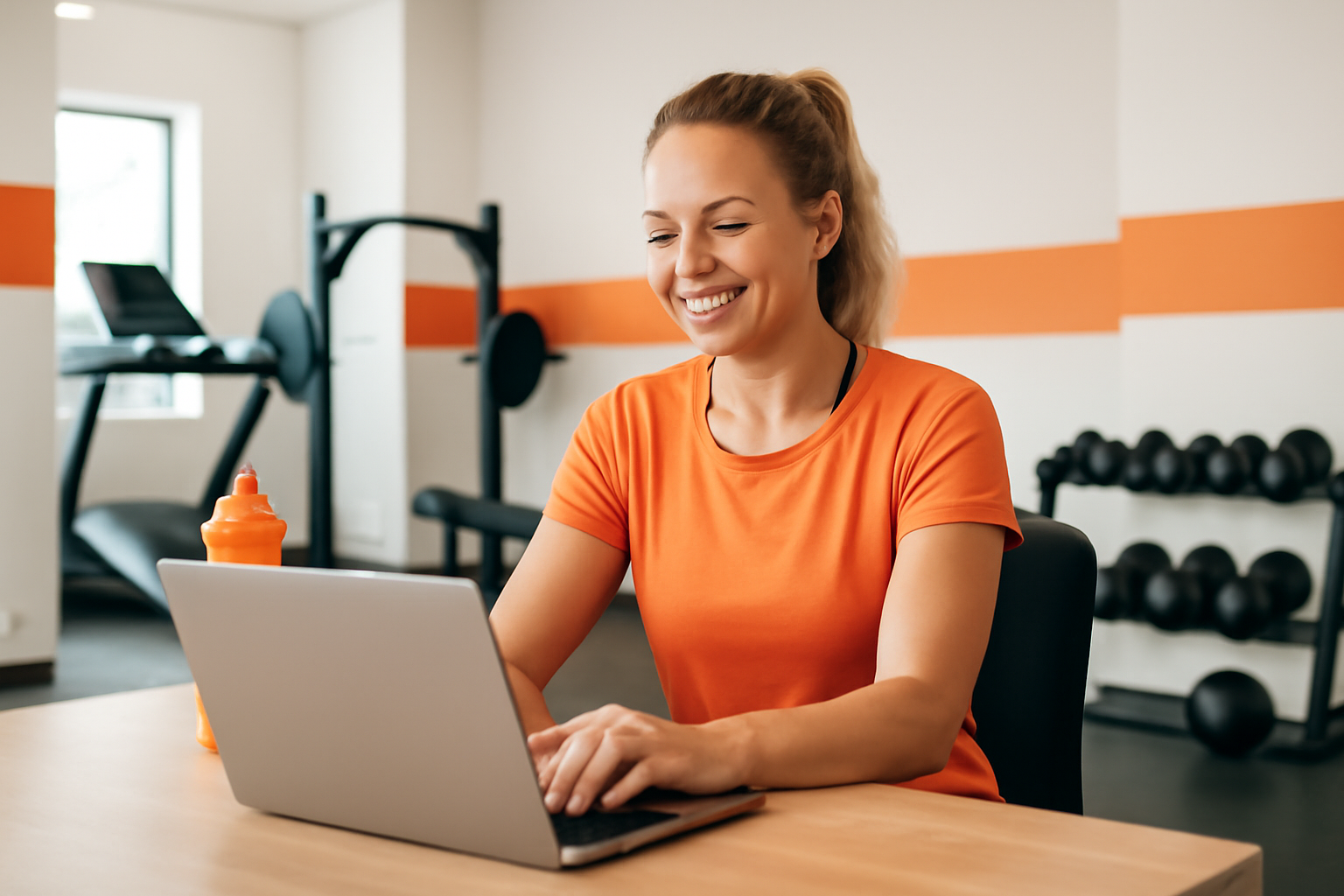While there’s still uncertainty about when exactly it will happen, reopening is still very much on the horizon. However, reopening will not be possible without proper ventilation in the gym.
Ventilation is an essential part of the measures to combat the spread of COVID-19 in gyms; it enables you to create a safe environment for your members and employees.
During the height of the second lockdown, ventilation was a hot topic that has fallen a bit into obscurity as the days dragged on. As we count down the days to possibly reopening gyms, more fitness trends have since taken center stage. Focus shifted to setting up online and outdoor sports programs to drive revenue against all odds.
However, as we get closer to answering the question “when will gyms reopen?”, the focus is shifting back to the requirements for reopening said gyms. Fitness entrepreneurs must keep in mind that there is a high probability that conditions will be placed on indoor fitness clubs that are due for reopening.
The story of aerosols and the coronavirus involves a lot of complicated science. From physics about air currents to biology about microparticles so small, that they’re almost impossible to imagine – the scene is set for a slew of confusion and misinformation.
That’s why, this blog is based on the recent webinar with Cloud Garden founder, Tom Koenderman. Cloud Garden is a future-focused company that combines nature with technology to achieve a healthy indoor climate for every user of a building. Tom has collaborated on multiple studies on how the coronavirus is spread by aerosols and is something of an expert in the field of airflow.
We’ve also collected some tips on how to prepare for reopening your gym after you’ve achieved good ventilation.
The Importance of Good Ventilation in Your Gym
You’ve seen a ton of information over the past 12 months about aerosols, the tiny droplets that people disperse when they breathe, talk, or sneeze. Tom Koenderman, the founder of Cloud Garden, has collaborated on multiple studies on how the coronavirus is spread via the air.
In the webinar with NL Actief, he explains aerosols as:
“To make it very practical - everyone has blown on a mirror at some point. And then you see a large mist forming on a mirror: in the base those are aerosols. ”
As a result, the airborne coronavirus could spread quickly in poorly ventilated areas where sufficient social distance is not maintained. Research from the Technical University in Berlin showed that the risk of coronavirus spreading in gyms is up to 1.4x higher if mouth masks are not worn – this could be caused by, among other things, heavy breathing.
So how can ventilation help prevent droplets from spreading? The University of Amsterdam researched this by experimenting on the number of aerosols in a ventilated room compared to the number of aerosols in an unventilated room.
The variable was simple: one room had an open window and a mechanical ventilation system, and the other one an open window and an open door. The result was that in the room with the mechanical ventilation system and the window, half of the droplets disappeared from the air after two and a half minutes. In the room with the open door and window, it halved in just thirty seconds.
So, in other words, good ventilation works in reducing the spread of the coronavirus.
Tips for Good Ventilation in Your Gym
It might seem all too simple to say that popping open a window or door in your gym is going to solve your problems and let you reopen your gym. Ventilation alone is not the solution for a safe gym. It is always a combination of measures that enables members and employees to remain safe and healthy.
And, of course, weather plays a huge role. If you live in an area with a lot of rain and cold weather, you can’t just leave things open all the time. Alternately, if you live in an area with warm weather that requires constant air-conditioning, you won’t exactly be cooling the place down with open windows.
How to Ensure a Well-Ventilated and Safe Gym
- Ventilate according to the requirements of your building standard. Ask your landlord or manager if you don’t have this information. Are you unsure about whether the ventilation system in your building is sufficient for reopening your gym? Then call in an expert.
- Regularly air out your gym by opening windows and doors against each other. Let it air out thoroughly for 10 to 15 minutes – especially after, for example, a group lesson. Also, don’t forget to air out your general fitness room several times a day.
- Avoid using devices that produce a strong airflow, such as fans and portable air conditioners; you will only achieve the opposite effect by blowing aerosols from person to person. (On that note, about that rowing machine…)
- Make sure that the 1.5-meter distance (6 feet) between people in gyms is maintained, and don’t let too many people stay in the same room at the same time. Crowded rooms mean that the air can continue to circulate between people, and your efforts at ventilation will lose their effect.
- Provide cleaning supplies for members to disinfect equipment before and after they use it.
- Make use of technology to safely reopen your gym . Enable mandatory screening questions before members can place a booking or enter your gym.
According to experts, the best solution to ensure good ventilation in your gym or studio is to bring in some fresh air. Once again, as many open windows as possible is an efficient way to achieve this.
Physicist Daniel Bonn, who contributed to the aforementioned study by the UvA, adds:
“Air conditioners can also help, even if it is a form of circulation. But then there must be good filters in the system that stop the virus."
Tom Koenderman also recommends caution in the NL Active webinar:
“If you introduce air from the outside and heat it, it becomes very dry. This is not just uncomfortable but is also one of the conditions that viruses such as COVID often spread by. Dry air is a hotbed for viruses to circulate."
Inside or Outside – Safety Comes First
A recent study by SafeACTiVE commissioned by EuropeActive analyzed 115 million gym visits across Europe. The data showed an infection rate of 1.12 per 100,000 visits – that is a total of 1,288 positively reported cases over six months spanning 4,360 clubs spread over 14 European countries.
The study revealed that the prescribed gym safety measures only work if everyone adheres to them. This isn’t only limited to members complying with regulations, but also gym owners enforcing it through the infrastructure they have in place.
A possible and relatively cheap solution is to install air purifiers in your gym. Air purifiers are mobile circulation devices that circulate air and neutralize aerosols with a plasma filter. A complete ventilation system can be quite expensive, whereas several air purifiers are a lot cheaper and improve the quality of the air enormously.
Gyms and studios play an important role in public health in the form of prevention. For example, according to TNO, 80% of the people admitted to hospital with the coronavirus are overweight. The role of fitness in our future is therefore far from over.
In fact, with the rapid rise of fitness technology and digitization , this role will only grow. It is up to us as the fitness industry to seize that opportunity – and start by cracking open a window.




